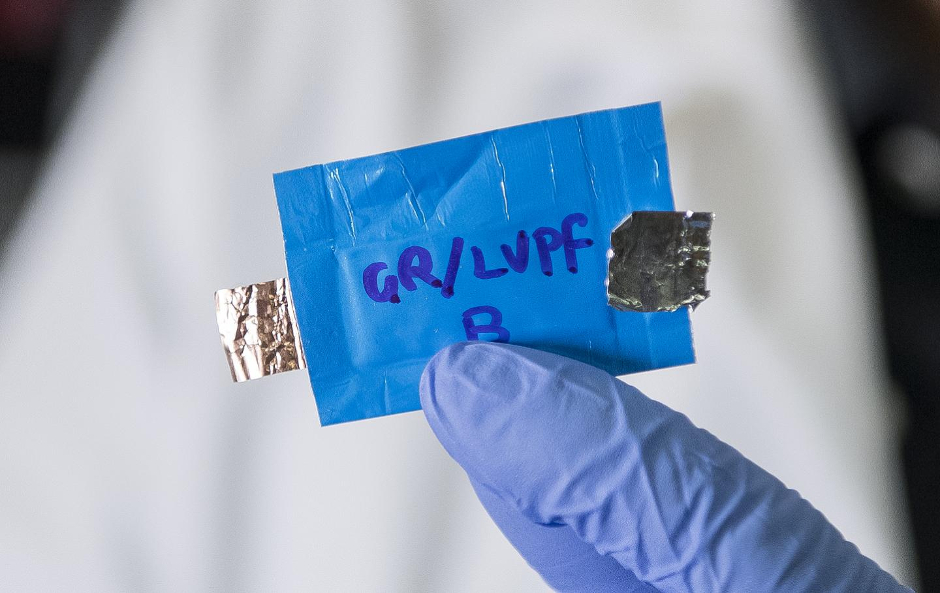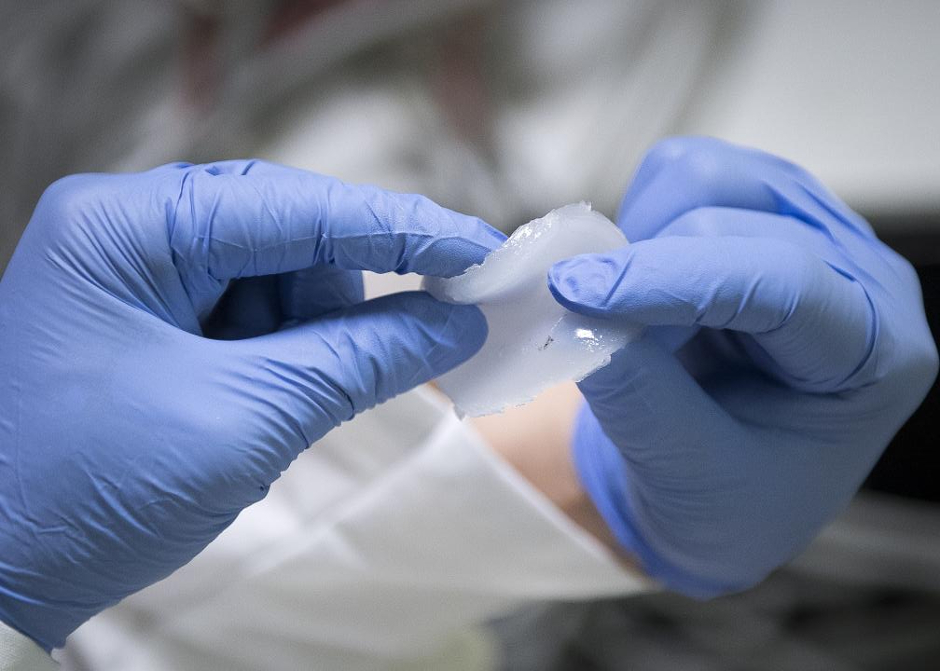
The battery, developed by a team from the US Army Research Laboratory (ARL) and the University of Maryland, appears in Joule.
This technology will bring the soldiers a completely safe and flexible Li-ion battery that provides identical energy density as the SOA Li-ion batteries, said co-senior author Dr Kang Xu of ARL.
“The batteries will remain safe - without fire and explosion - even under severe mechanical abuses," he said. "In the past, if you wanted high energy, you would choose a non-aqueous lithium-ion battery, but you would have to compromise on safety. If you preferred safety, you could use an aqueous battery such as nickel/metal hydride, but you would have to settle for lower energy. Now, we are showing that you can simultaneously have access to both high energy and high safety."
The research is said to follow a 2015 study in Science that produced a similar 3V battery with an aqueous electrolyte but was hindered from achieving higher voltages by the so-called cathodic challenge, in which one end of the battery, made from either graphite or lithium metal, is degraded by the aqueous electrolyte.
To solve this problem, the first author, University of Maryland assistant research scientist Chongyin Yang, designed a new gel polymer electrolyte coating that can be applied to the graphite or lithium anode.
This hydrophobic coating expels water molecules from the electrode surface and then, when charging for the first time, decomposes and forms a stable interphase - a thin mixture of breakdown products that separates the solid anode from the liquid electrolyte.

This interphase, inspired by a layer generated within non-aqueous batteries, is claimed to protect the anode from debilitating side reactions, allowing the battery to use desirable anode materials, such as graphite or lithium metal, and achieve better energy density and cycling ability.
"The key innovation here is making the right gel that can block water contact with the anode so that the water doesn't decompose and can also form the right interphase to support high battery performance," said co-senior author Chunsheng Wang, Professor of Chemical & Biomolecular Engineering at the University of Maryland's A. James Clark School of Engineering.
The addition of the gel coating is claimed also to boost the safety advantages of the new battery when compared to standard non-aqueous lithium-ion batteries and boosts the energy density when compared to any other proposed aqueous lithium-ion batteries.
All aqueous lithium-ion batteries benefit from the inflammability of water-based electrolytes as opposed to the highly flammable organic solvents used in their non-aqueous counterparts. Unique to this one, however, is that even when the interphase layer is damaged, it reacts slowly with the lithium or lithiated graphite anode, preventing the smoking, fire, or explosion that could otherwise occur if a damaged battery brought the metal into contact with the electrolyte.
Though the power and energy density of the new battery are suitable for commercial applications currently served by more hazardous non-aqueous batteries, certain improvements would make it even more competitive. In particular, the researchers would like to increase the number of full-performance cycles that the battery can complete and to reduce material expenses where possible.
"Right now, we are talking about 50-100 cycles, but to compare with organic electrolyte batteries, we want to get to 500 or more," Wang said.
Xu said the interphase chemistry needs to be perfected before it can be commercialised. He also said more work needs to be done on scaling up the technology in big cells for testing. With enough funding, the 4V chemistry could be ready for commercialising in about five years, he said.




Swiss geoengineering start-up targets methane removal
No mention whatsoever about the effect of increased methane levels/iron chloride in the ocean on the pH and chemical properties of the ocean - are we...